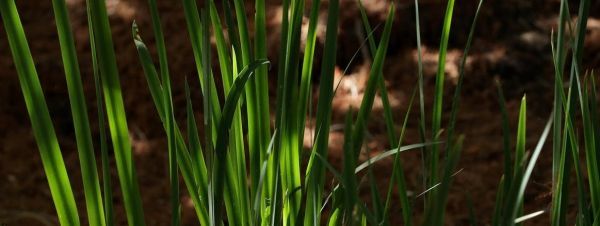A protein called phytochrome B, which can sense light and temperature, triggers plant growth and controls flowering time. How it does so is not fully understood.
In a paper published in Nature Communications, a group of cell biologists led by Meng Chen, a professor of botany and plant sciences at the University of California, Riverside, reveal the phytochrome B molecule has unexpected dynamics activated by temperature, and behaves differently depending on the temperature and type of light.
As climate change warms the world, crop growth patterns and flowering times will change. A better understanding of how phytochromes regulate the seasonal rhythms of plant growth will help scientists develop crops for optimal growth under the Earth’s new climate and might even shed light on cancer in animals.
Phytochromes switch between active and inactive forms like a binary switch controlled by light and temperature. In direct sunlight, such as in open fields, phytochromes switch “on,” absorbing far-red light. This active form inhibits stem elongation, which limits how tall plants in direct sunlight can grow.
Read more at University Of California – Riverside
Image Credit: University Of California – Riverside


